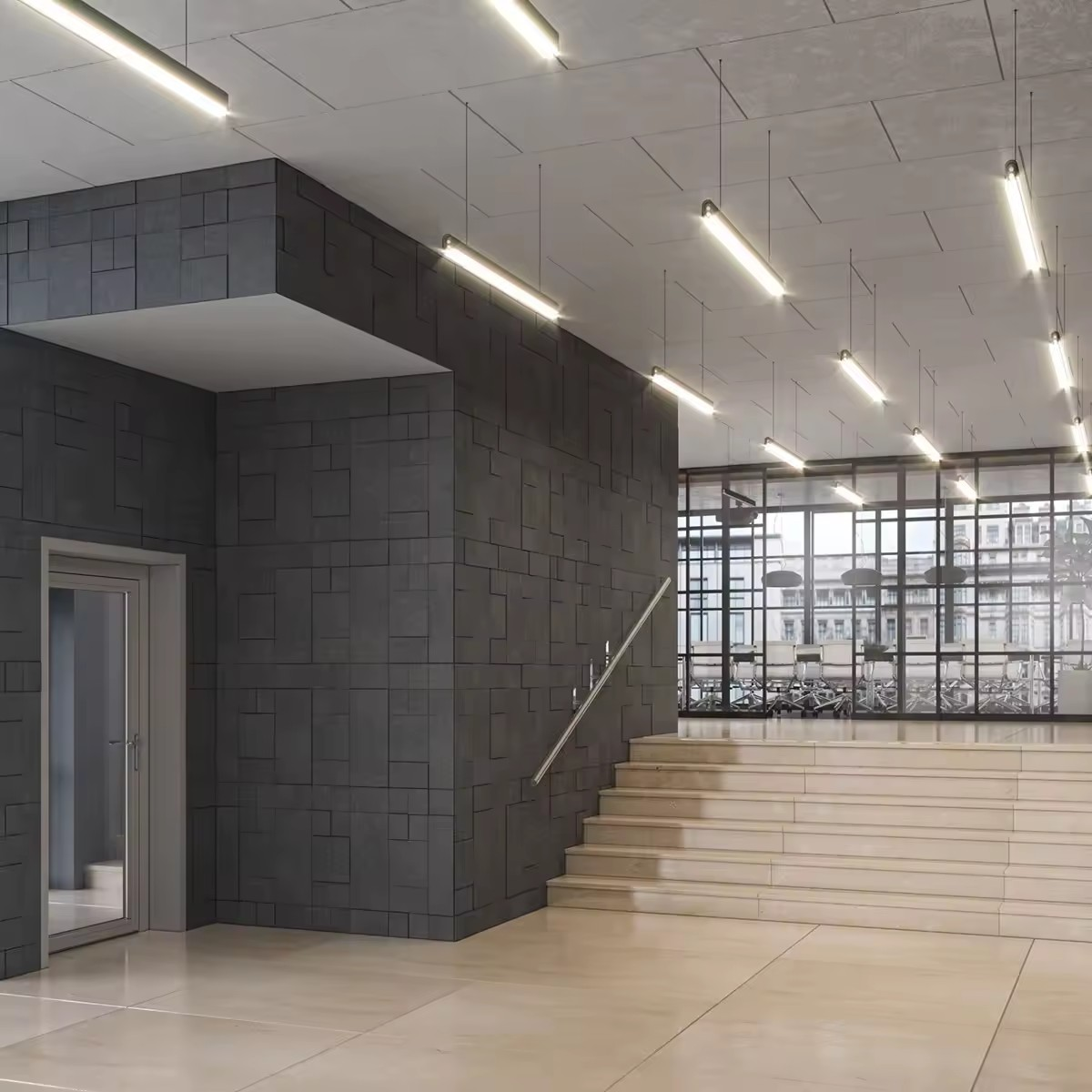The Art of Soundproofing Techniques and Innovations
Soundproofing is an art that blends aesthetics with functionality. In an increasingly noisy world, finding ways to create serene and peaceful environments has become a high priority for many. Whether it’s a bustling city apartment, a home office, or a recording studio, effective soundproofing can make a significant difference in maintaining tranquility and enhancing productivity.
Understanding Soundproofing
Soundproofing refers to the techniques used to reduce or eliminate sound transmission between spaces. It is essential to differentiate between sound absorption and sound blocking. While sound absorption focuses on reducing echo and reverberation within a room, sound blocking aims to prevent sound from passing through walls, floors, and ceilings. Both aspects are crucial in achieving the desired acoustic environment.
Materials Used in Soundproofing
There is a variety of materials designed specifically for soundproofing. Common choices include acoustic panels, soundproofing foam, mass-loaded vinyl (MLV), and resilient channels. Acoustic panels, often made of porous materials, are excellent for absorbing sound within a room, making them ideal for home theaters and recording studios. Soundproofing foam works similarly but with varied designs to cater to different aesthetic preferences while softening sound waves.
Mass-loaded vinyl is a heavy, flexible material that is typically applied to walls, ceilings, and floors to block sound. Its weight and density make it particularly effective in reducing lower frequencies. Resilient channels, on the other hand, are metal strips that create a separation between drywall and framing, significantly decreasing the amount of sound that passes through.
Innovative Techniques
sound proofing art

Innovative soundproofing techniques are continually emerging. One popular method is the use of double drywall or the addition of a sound-dampening compound between two layers of drywall. This not only enhances sound blockage but also improves the overall durability of the wall structure.
Decoupling is another effective technique where walls or floors are constructed to minimize direct contact, thereby reducing vibration transmission. Floating floors, which use a layer of sound-absorbing material between the subfloor and flooring, exemplify this principle. This method is particularly valuable in multi-story buildings where noise transmission can be problematic.
Aesthetics and Design
While the primary goal of soundproofing is practical, aesthetics also play a crucial role. Many soundproofing solutions have evolved to be visually appealing. Acoustic panels, for instance, come in a variety of colors and designs, allowing them to blend seamlessly with interior decor. Custom-designed panels can also incorporate artwork, turning necessary soundproofing elements into decorative features.
Moreover, innovative architectural designs have integrated soundproofing into their structure. Curved walls, acoustic ceilings, and soundproof doors are now more common in luxury homes and commercial spaces, demonstrating that you don’t have to sacrifice style for silence.
Conclusion
The art of soundproofing is a harmonious blend of science, design, and practicality. As we continue to navigate urban living and the challenges it presents, soundproofing becomes essential for creating comfortable environments. By utilizing advanced materials and techniques, it is possible to transform noisy spaces into havens of peace. Whether for a personal sanctuary or a professional environment, investing in soundproofing can lead to enhanced quality of life and productivity, making it a worthy consideration for any space.
-
Wooden Sound Proof Panels for Conference RoomsNewsJun.13,2025
-
Maintenance Tips for Felt Wall PanelsNewsJun.13,2025
-
How to Clean and Maintain a Pet Snuffle MatNewsJun.13,2025
-
Custom Shapes and Sizes for Polyester Fiber Acoustic PanelsNewsJun.13,2025
-
Best Sound Proof Panels for Home TheatersNewsJun.13,2025
-
Benefits of Wooden Acoustic Wall Panels for Home TheatersNewsJun.13,2025
